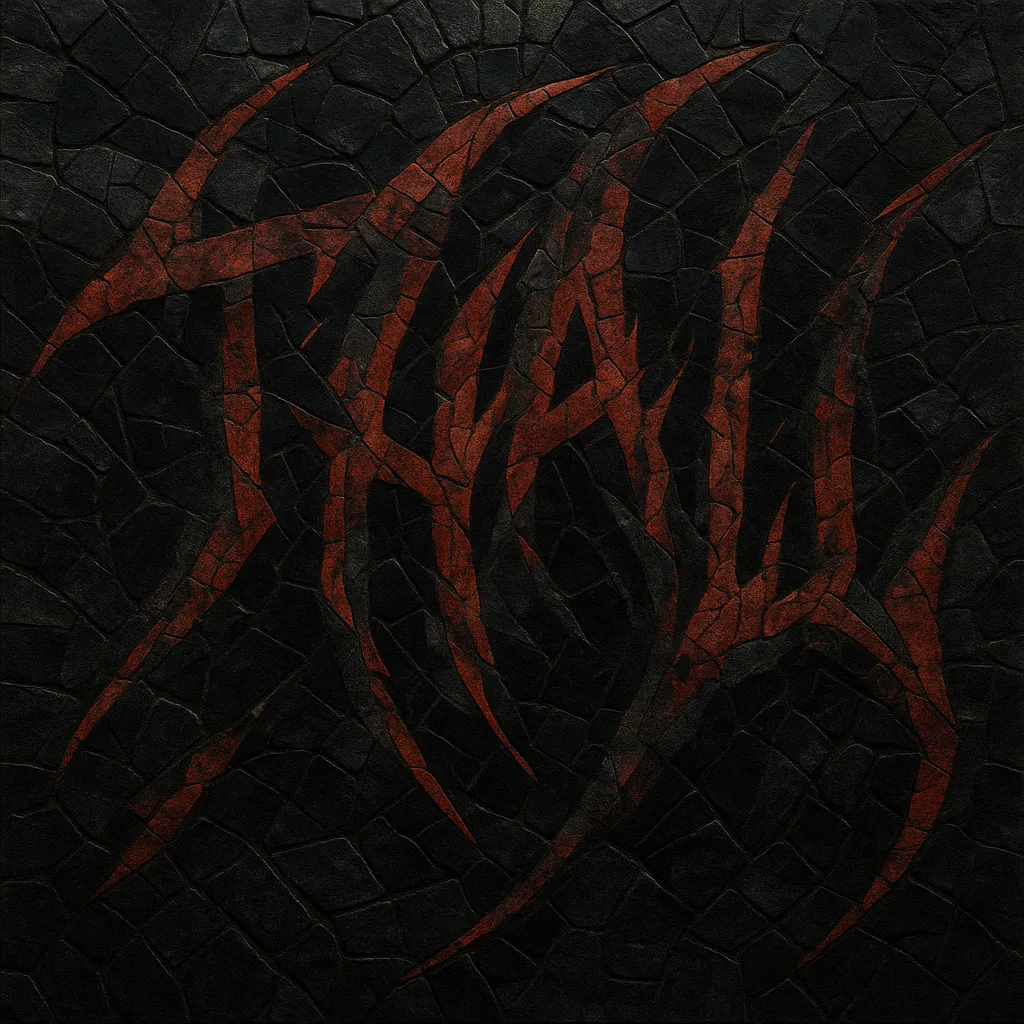Thall is a hyper-groove-focused, ultra-low-tuned offshoot of djent and progressive metal that emphasizes suffocating, syncopated chugs, stark silences, and pitch-black atmosphere. The name is onomatopoeic, imitating the percussive, palm‑muted “thall” sound of its signature riffs.
Sonically, it pairs 7–9‑string guitars (often tuned far below standard), polymetric accents, and terse, staccato riffing with eerie ambient layers, reverb‑washed cleans, and cinematic swells. Vocals tend toward harsh growls, screams, and whispers; production is surgical and high‑contrast, with tight gating, extended low‑end control, and explosive transient design.
Compared with broader djent, thall is darker, more dissonant, and more stop‑start, favoring unsettling chord shapes, modal ambiguity, and heavy use of negative space to make each impact feel colossal.
Thall emerged in the early 2010s within Sweden’s modern progressive metal scene. The term was popularized around the music and community surrounding Vildhjarta, whose debut album crystallized the style’s blueprint: ultra‑low, percussive riffing; polymetric grooves; and ominous ambience. Fans adopted “thall” as an onomatopoeic tag for that distinct, punchy chug.
Initially a tongue‑in‑cheek in‑group term on forums and social media, “thall” quickly became shorthand for a specific compositional ethos—maximal groove with maximal negative space. Producers and guitarists gravitated toward extended‑range instruments, meticulous editing, and cinematic sound design, codifying thall beyond a meme into a recognizable microgenre under the broader djent/prog umbrella.
Swedish and UK acts helped propagate the sound, merging djent’s Meshuggah‑derived polyrhythms with darker harmony, downtempo pacing, and atmospheric interludes. Parallel scenes—mathcore, post‑metal, and downtempo deathcore—absorbed thall’s impact‑focused riff construction and sound‑design sensibilities, leading to cross‑pollination across heavy subgenres.
Today, thall denotes both a stylistic tag and a toolbox: cutting, syncopated low‑string motifs; dissonant voicings; sudden silences; and cinematic production. While still niche, its vocabulary is widely referenced in modern progressive metal, metalcore, and downtempo deathcore.


